Child Maintenance Trust
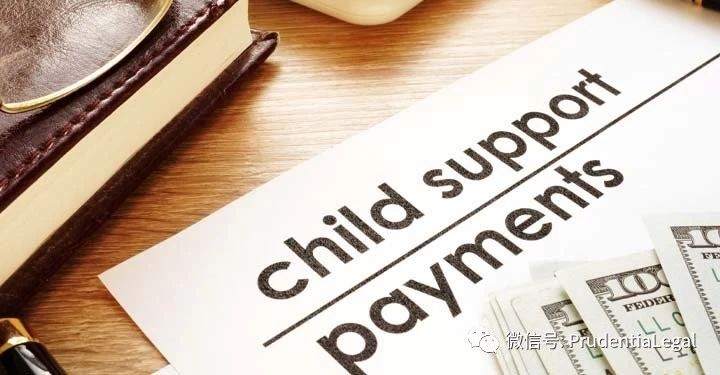
Division 6AA section 102 AG of the Income Tax Assessment Act 1997 (Cth) provides that a Child Maintenance or Child Support Trust (“CMT”) can be established following a relationship breakdown. Simply speaking, A CMT is a discretionary trust specifically set up to provide support for a child (or children) where there is an obligation to provide maintenance for the child, and income generated from the trust assets that is distributed to the child is taken to satisfy that obligation.
When you find yourself having to pay child support, instead of making direct payments of child support, an effectively structured and utilised CMT may help you half the actual burden of your child support/child maintenance obligations. In addition, if the couple has dispute regarding one property which is in the family asset pool, while both parties agree to tribute this property and its interest to their child, a CMT may be a better solution to settle the dispute.
The Purpose & Strength of CMT
Tax effective – income tax reduction
(1) the general tax-free threshold for children is extremely low. According to 2019 -2020 tax rates, a minor child shall be taxed at the top marginal rate of tax, being 66% for every dollar over $416 per annum and 45% of the entire amount if the eligible income is over $1,307. This also applies for general family trust when a minor child is beneficiary. Additionally, in order to be tax-free to the recipient, the Child Support or Child Maintenance is paid with “after-tax” money, meaning that a non-custodial parent actually has to earn a greater gross income to have expendable “after-tax” money to meet his/her child support/child maintenance obligation.
(2) However, for a CMT trust income distributed to minor shall be characterised as “expected trust income” and only attract the lower income tax rates and have the same tax-free thresholds, currently $18,200.
(3) For example, a non-custodial parent would need to pay approximately $29,000 (gross) per year to effect his/her a child support payment of $15,000 per year without a CMT. Whereas, with a CMT, the parent only needs to pay approximately $17,000 (gross) to meet his/her same child support obligation.
These income tax reductions saved by the CMT can either reduce the parent’s burden of Child Support or accumulate within the CMT until the child reaches “vesting age” for the child’s future benefit.
Potential Asset protection
Being similar to general family Trust, CMTs can protect parent(s)’ assets from external creditors and enable the parents to continue to support the child, even if the parent(s) become bankrupt or lose incomes.

On-going guaranteed Child Support
A CMT segregates asset into the trust separating from the parents and guarantee the child to receive ongoing maintenance from the CMT. As the asset from which the payments are made is in a trust, there will be no changes to the amount paid as income fluctuates or if the payer becomes unemployed. The payee of child support has the assurance that child support will continue regularly, providing confidence and certainty to the parents who are in the middle of relationship breakdown. Even though one of the parents living overseas, a CMT can ensure that the funds settled for the child are being spent for the child’s benefit.
Funds to be borrowed
Additionally, the funds settled on the trust can be borrowed by the parents provided that the capital is ultimately paid and will benefit the child.
Ownership of property in CMT
If the parent(s) plan to transfer certain properties to the child in the future, CMT can enable that the trust assets come under the child’s control at a date pre-determined by you, for example, when the child turns 18. Taking real estate for instance, If one property is included in a CMT, the child beneficiary may receive benefit from the property, with management of the trustee for the interest of the child beneficiary during the CMT period and when she/he reaches “vesting age”, the child beneficiary will enjoy the full right of the property.
The weakness of CMT
If a CMT is set up and the benefit for the child would be the income from a property, due to the tax legislation that the income must derive from the investment of the property transferred beneficially to the child through the CMT, the parents or one of them will need to transfer the property to the trust and will lost direct control and ownership of the settled property. These properties cannot be transferred back to the parents at a later date.
Additionally, setting up a CMT and maintaining the trust will cost money, including cost of the draft of the trust dee plus stamp duty, annum trustee fee and accountancy fee.
How to establish a CMT
The earlier arrangement involving in an existing discretionary/unit trust before the breakdown would not satisfy the requirement and give rise to expected trust income, which means a new trust must be established.
According to Australian Tax legislation, certain conditions apply before the CMT can be set up.
(1) A marriage or de facto relationship breakdown occurring:
a. Parents ceases to live together as spouse; and
b. At least one of the persons is the parent or has legal custody of the child.
(2) Child support legal obligations
a. There must be a court order, a determination, an assessment or agreement under the child support laws which requires a parent or both parents become subject to a legal obligation to maintain or support the child.
(3) The contributing parent must earn in excess of the income tax threshold, being $18,200.
(4) Both parents consenting to the trust terms and signing the trust deed (the requirement for the trust deed will be discussed below).
(5) Appointing trustee (see below).
(6) Enough assets or cash available to settle into the trust to ensure there was enough capital to earn income to make the child support payment:
a. For example, usually the parents consent to transfer a real estate to the trust and generate incomes from it to pay the child support.
b. Other assets can include: cash, securities, and life insurance policies etc.
c. If a real estate property will be transferred into the trust, the transfer duty is exempted by section 68 of Duties Act 1997.
(7) Open a bank account
a. Open a bank account under “Trustee” name but specify “as trustee for a CMT”. For example: ABC Pty Ltd as trustee for the DFG Child Maintenance Trust
b. This bank account should be not used for any personal uses, otherwise adverse tax consequences may arise.
Trust Deed for a complying CMT
For a CMT trust income distributed to a minor to satisfy the “expected trust income” requirement, a CMT trust Deed must provide the following:
(1) the property transferred to the trust must ultimately vest in the child when the Trust ends;
a. The trust property cannot go to someone other than the child later by trustee’s discretion.
(2) The income must derive from the transferred property for contributing to the maintenance of the child beneficiary; for example:
a. Rental income from the property and retained by the trust
b. A portfolio of shares retained within the trust
(3) if the child dies before the trust ends, the property must pass to the child’s estate;
(4) the Trustee has a discretion to apply the capital of the trust for the child’s benefit during the term of the trust;
a. If the trustee is not allowed any power to deal with the property in the interests of the child, a CMT does not satisfy the statutory requirement.
(5) the child is to receive income from the investment of the trust property at an arm’s length rate of return, but the child does not have to receive all of the income of the trust.
(6) Specify the establishment of the CMT is pursuant to the court orders/determination under child support legislation (whether in or out Australia)
(7) Trustee issue: trustee can be one of the parents, or someone both parents trust, or an organization nominated and agreed by the parents. The trustee may have the power and discretion to distribute the income/benefit from the CMT to the beneficiary child.
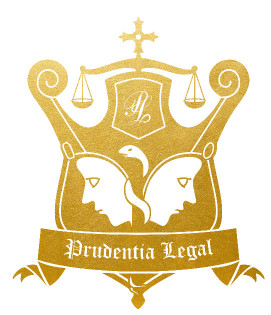
Please note: The content of our publication is intended for general information purposes only, and should not be construed as legal advice on any matter. Please contact our firm for discussion of your particular circumstances.

相关内容
-
 详情
详情Avoiding Fraud – Importance of Legal Advice Illustrated by Two Cases
Avoiding Fraud– Importance of Legal Advice Illustrated by Two CasesPrudentia Legal: Edmund Leung2021-09-10Believing in the wrong person may lead to significant consequences, as once again demonstrated in recent cases in our firm. Sometimes mistakes may even compound on each other to rea
-
 详情
详情Temporary changes States have made to signing, witnessing or attending to documents
-
 详情
详情Employees or Contractors – A Discussion on New Developments for App Transport and Delivery Platforms
The gig economy has become everyday occurrence in the past decade. It has also developed in a way exceeding what may be originally envisioned. From the consumer’s perspective, the ease of on-call services for transport and food delivery alike has led to an explosion in demand, with many newcomers t
-
 详情
详情Summary of changes to the new VIC Residential Tenancy laws
The start date of the Residential Tenancies Amendment Act 2018 (the “ACT”) which outlines the framework of Residential Tenancy laws has been delayed due to coronavirus (COVID-19), with the amendments to be introduced by 29 March 2021, rather than the original 1 July 2020. The Residential Tenancies
-
 详情
详情Acting as Witness in Legal Proceedings
While direct involvement in criminal matters or civil litigation might not be that common for a person of the general public, it might well be possible that you have witnessed a crime or an event, and may be required to give evidence in court as a witness. What does being a witness entail? Speaking
-
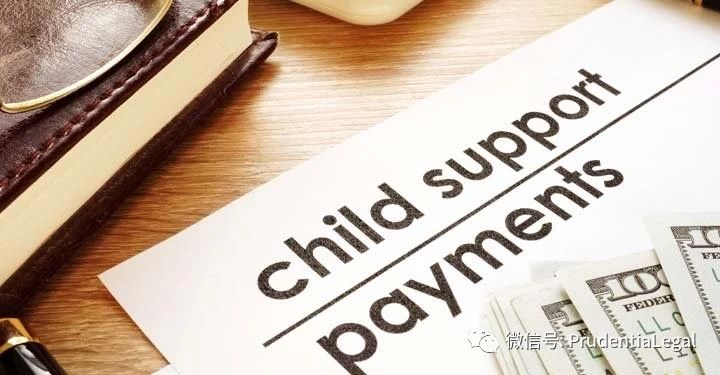 详情
详情Child Maintenance Trust
Division 6AA section 102 AG of the Income Tax Assessment Act 1997 (Cth) provides that a Child Maintenance or Child Support Trust (“CMT”) can be established following a relationship breakdown. Simply speaking, A CMT is a discretionary trust specifically set up to provide support for a child (or chi
-
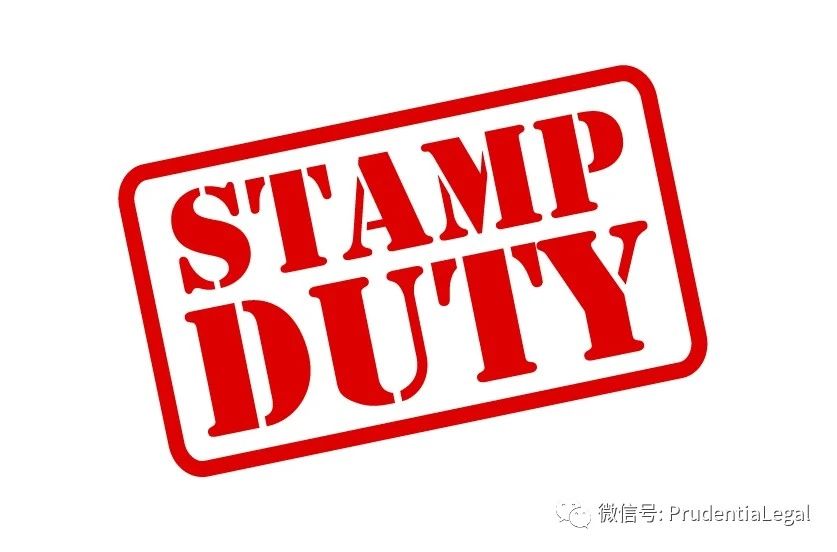 详情
详情Recent Changes to NSW Stamp Duty and Land Tax Policies
Stamp DutyThe New South Wales government has previously announced that they are introducing new legislation to increase the threshold amount for offering stamp duty exemption or reduction for first home buyers, such that purchasers of higher-priced properties may also benefit. This policy change has
-
 详情
详情House and Land Package – Some tips to share
House and Land Package – some tips to shareIntroductionIt’s noted the “house and land package” in the property market has maintained its popularity over the years. It’s difficult to find a brand new four-bedroom free-standing house within a 30 km radius from the Sydney CBD under $1 millio
-
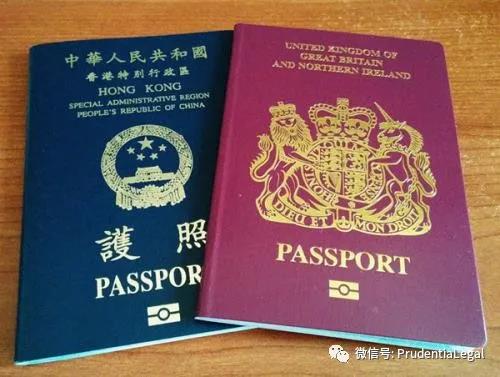 详情
详情New Australian Visa Policies Applicable to Hong Kong
The Prime Minister of Australia, the Honourable Scott Morrison MP, has announced yesterday that new visa policies and measures aimed to attract students and business talents from Hong Kong to Australia, and allow them to stay in Australia, will be offered to “Hong Kong passport holders”. It is not
-
 详情
详情Off-the-plan Stamp Duty Concessions in Victoria
The state of Victoria, specifically its capital Melbourne, has many high-rise and multi-occupancy residential developments completed and ongoing. Regeneration and redevelopment projects resulting in high-rise skyscrapers have dramatically changed Melbourne’s skyline in the past decade. Such multi-o
-
 详情
详情Intervention Orders In VIC
An individual (the applicant) (or police department but today we only talk about the individual application) may apply for an intervention order in the Magistrates Court of Victoria which places legal restrictions upon another individual (the respondent) and prohibits the respondent from engaging in
-
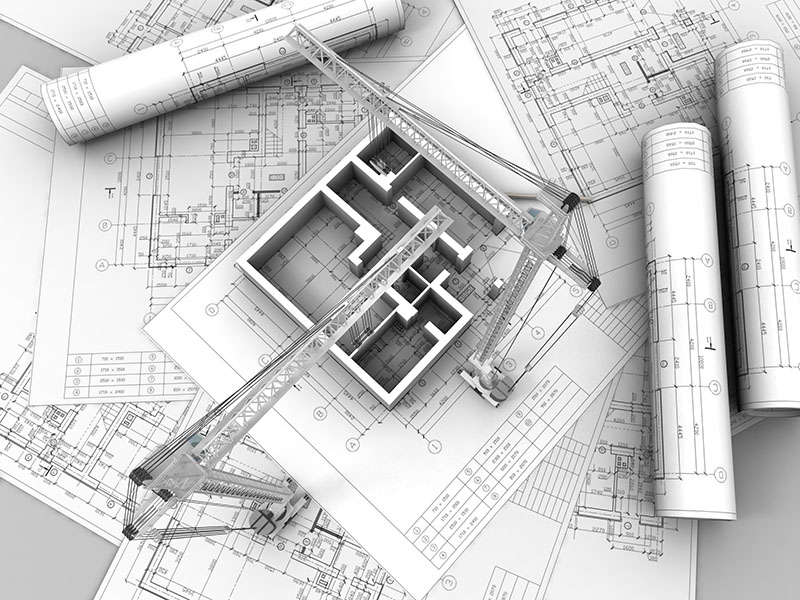 详情
详情Preparation of Contract for the Sale and Purchase of Land in New South Wales
A contract for the sale and purchase of land (Contract) comprises three sections: The first being the substantive contract, usually the standard contract drafted by the Law Society of New South Wales and the Real Estate Institute of New South Wales, containing general conditions; the second being th